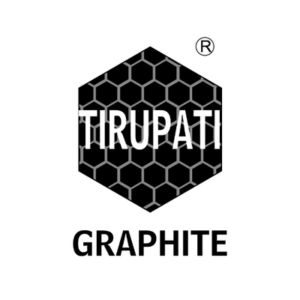Over the past three decades, lithium-ion batteries (LIBs) have undergone a remarkable evolution, transitioning from powering small devices to fueling large-scale applications like electric vehicles (EVs) and stationary energy storage systems. An important advancement in this journey has been the adoption of graphite-based anodes, replacing soft and hard carbons. This shift has significantly improved full-cell energy densities, thanks to graphite’s low lithiation/delithiation potential and impressive (theoretical) gravimetric capacity of 372 mAh/g.
What Is Graphite?
Carbon is the sixth element in the periodic table, with a molecular weight of 12.01 g/mol. Carbon materials in nature have two dominant structures: diamond and graphite. In graphite, sp2 hybridized graphene layers are connected via weak van der Waals forces. This bonding pattern results in a hexagonal arrangement of atoms, which are layered in sheets with an interlayer spacing of 3.354 Å.
Tirupati Graphite PLC (LON:TGR) is a fully integrated specialist graphite and graphene producer, with operations in Madagascar and India. The Company is delivering on this strategy by being fully integrated from mine to graphene. Its global multi-location operations include primary mining and processing in Madagascar, hi-tech graphite processing in India to produce specialty graphite, and a state-of-art graphene and technology R&D center to be established in India.


